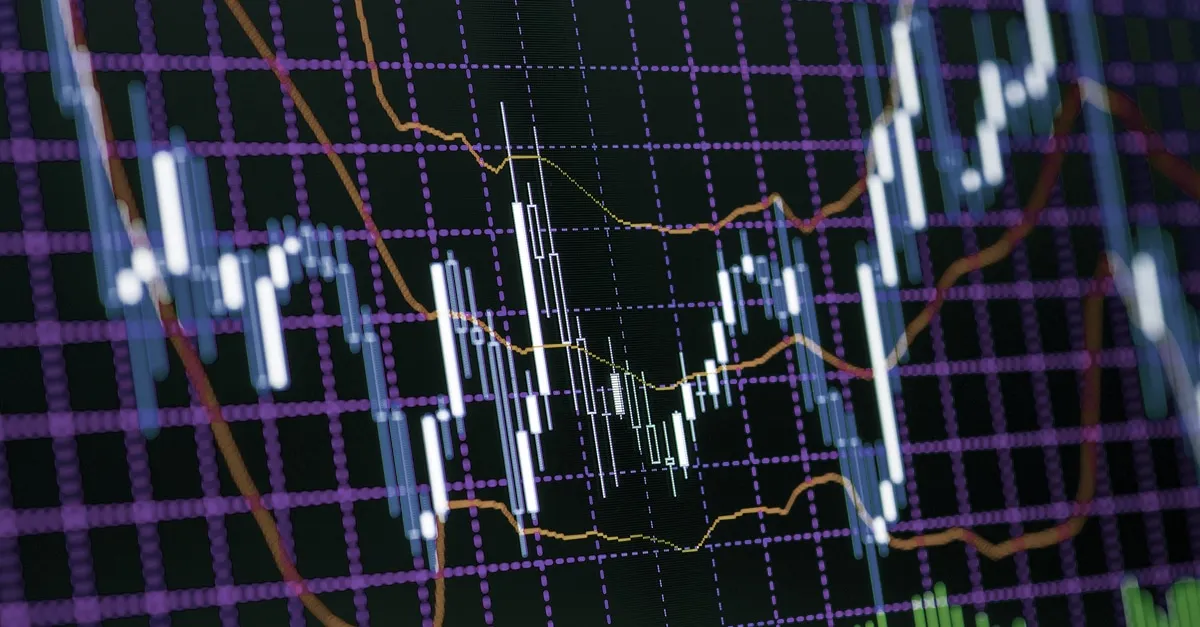Traders Brace for an Explosion of Volatility Friday as $2.2 Trillion in Stock Options Expire
The upcoming expiry of August's monthly stock-market options, scheduled for Friday, has drawn attention as it holds the potential to induce further volatility in the stock market. This possibility follows a challenging three-week period marked by significant market fluctuations.
Notably, U.S. stock option contracts valued at approximately $2.2 trillion are poised to reach maturity, as observed by Rocky Fishman, the founder of Asym 500, a recently established strategy firm. Fishman, who formerly led index derivatives strategy at Goldman Sachs Group, clarifies that the notional value reflects the aggregate market value of stocks, indexes, and exchange-traded funds controlled by these options. However, it's important to note that the actual premiums paid by option holders hold a significantly lesser value.
Fishman points out that the scale of open interest in the option market expiring on Friday is fairly consistent with the norm for a non-quarterly expiration cycle. While monthly options expire every month, the occurrence of "Triple Witching" events in March, June, September, and December—when quarterly and sometimes calendar-year options coincide with monthly and weekly expirations—can amplify the notional value of expiring options.
Historically, sessions when monthly options expire often experience elevated levels of volatility. Analysts specializing in options markets have cautioned that a similar scenario could unfold on Friday. Charlie McElligott, a seasoned derivatives strategist known for his research on Nomura's trading desk, has advised clients about the "short gamma" position of option dealers leading up to the impending expiration. This dynamic enhances the potential for option dealers to magnify market volatility. McElligott has visually represented this phenomenon in a chart.
The term "short gamma" refers to the situation where option traders have purchased put options while simultaneously selling call options. This configuration could compel dealers to hedge their positions by purchasing futures contracts in the event of a stock price increase or selling futures to mitigate the risk associated with put options moving into profitable territory.
This scenario could accentuate market movements, propelling an upward trajectory during bullish periods and amplifying downturns during bearish phases. McElligott indicated that dealers might experience "peak short gamma" if the S&P 500 index drops to 4,320 points. Such an event might prompt dealers to sell stocks to offset their obligations from sold put options. To provide context, the S&P 500 index stood at 4,370.36 points at the close of Thursday's trading session.
The concept of "gamma" is a measure used by options analysts to describe the speed at which an option's delta changes. Delta gauges an option's sensitivity to changes in the underlying asset's price. As options approach their expiry date, delta typically experiences significant fluctuations, particularly when the option is close to being "in the money" or "out of the money."
Brent Kochuba, the founder of SpotGamma, a provider of option market data and analytics, has also raised concerns about dealers' "short gamma" stance, noting the impact on market stability and price action during the current conditions.
In light of these developments, it's important to understand that option contracts offer traders the right, but not the obligation, to buy or sell underlying assets or currencies. Options linked to stock-market indices, like the S&P 500, are often settled in futures or cash, while those tied to exchange-traded funds, such as the SPDR S&P 500 ETF Trust (SPY), are settled in shares of the ETF.
In conclusion, as the expiration of monthly options coincides with these unique market dynamics, there is potential for increased market volatility. The interplay between options, futures, and the actions of dealers could contribute to significant price movements, a phenomenon underscored by the intricate relationships among various financial instruments.

Subscribe to our newsletter!
As a leading independent research provider, TradeAlgo keeps you connected from anywhere.








